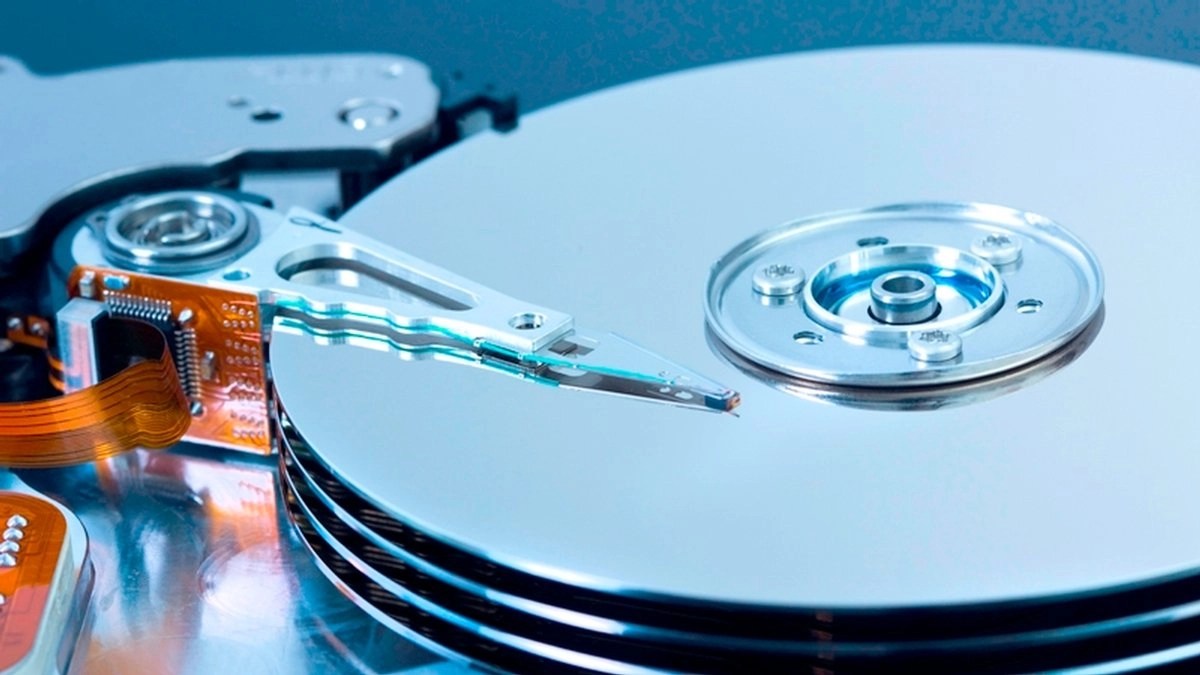How Big are Gigabytes, Terabytes and Petabytes?
This article explains how big Gigabytes, Terabytes and Petabytes are. Click the link to read the full guide.
Author:Daniel BarrettJul 29, 20229746 Shares443000 Views

The terms, gigabytes, megabytes, kilobytes, etc are very common these days. What are they exactly, you might ask. This article explains how big Gigabytes, Terabytes and Petabytes are.
Bite, Byte, and bits are all digital storage amounts. They are easily confused as they are homophones. It sound-alike but mean different things. You don’t want to get your transfer rates mixed up or prices confused. So here’s the difference and specialties of them all:
What are Bytes?
In computer language, a bit is the smallest amount of data a computer system can store and process. This is because computers use the binary system of programming language. Each bit can be can either be a 0 or a 1. To put this in perspective, one bit is enough to store whether a value is true or false. For example, in a video game, a single bit could be 1 if the player had obtained a certain upgrade and 0 if they didn’t have it yet.
Eight bits together are called a byte, which is the building block of storage amounts. A byte can contain 256 possible values. This, for example, stores one character in the ASCII encoding standard.
Kilobytes & Megabytes
Like their suffixes denote, kilobyte and megabyte are increased in size than the byte and bit. 1 kilobyte = 1000 bytes.
Kilo, which means a thousand is easily recognized above. It’s seen in such values as a kilometer, kilogram, etc. To get an idea, a text file containing about 1,000 characters equals roughly one kilobyte.
On the other hand, megabytes are larger than kilobytes. 1 Megabyte= 1000 kilobytes or one million bytes. One megabyte by rough estimation holds one minute of music in MP3 format. A compact disc (CD) holds about 700MB of data. Don’t confuse a megabyte with a megabit though.
Note:Humans measure data differently from how computers do. The actual measurement for one kilobyte is 1,024 bytes, not 1000. This difference increases as the number of data increases. It is more noticeable in larger storage amounts. For example, your hard drive could read 1 terabyte but in actuality, it is 956 Gigabytes.
Because the correct definition of prefixes like “Giga” is an even multiple of 1,000, for simplicity we’ve used powers of 1,000 instead of 1,024 here. Other prefixes, such as “Kibi” and “Gibi”, correctly denote multiples of 1,024. See our full explanation on computer size formatting discrepancies for more details.
Gigabytes (GB)
There are 1024 MB in 1GB. GBs are still very common when referring to consumer levels of storage. Though most regular hard drives are measured in terabytes these days, things like USB drives and many solid-state drives are still measured in gigabytes.
Gigabytes, Terabytes And Petabytes
A few real-world examples:
1 GB = around 10 yards of books on a shelf4.7 GB = Capacity of one DVD-ROM disc7 GB = How much data you’re using per hour when streaming Netflix Ultra HD video
Terabytes (TB)
1,024 GB = 1 terabyte . These are the most used standards of measurement presently in hard drives and storage.
Some real-world examples:
1 TB = 200,000 5-minute songs; 310,000 pictures; or 500 hours worth of movies10 TB = Amount of data produced by the Hubble Space Telescope per year24 TB = Amount of video data uploaded to YouTube per day in 2016
Petabytes (PB)
1,024 TB= 1 Petabyte
Petabytes are likely going to replace Terabytes as the world evolves. But it’s good knowing that we have units existing to replace outdated ones. In a world of cryptocurrency and foreign exchange, when everything is rightly balanced, Petabytes will be very useful for quantification.
Exabytes, Zettabytes, And Yottabytes.
Data Storages that exceed the Petabyte already exist. These sizes are so enormous that it would take a while before we actually get to use them. We will take a look at them from here:
Exabyte (EB)
1000 Petabytes = 1 Exabyte.
One quintillion bytes= 1 Exabyte.
In 2004, the world’s monthly internet traffic exceeded 1 Exabyte for the very first time. Later in 2017, it rose to around 122 exabytes of data every month. You could fit around 11 million 4K movies in an exabyte of storage.
Gigabytes, Terabytes And Petabytes
Zettabyte
1000 Exabytes= 1 Zettabyte
One sextillion bytes= 1 Zettabyte.
The International Data Corporation calculated that the global datasphere was somewhere around 33 zettabytes in 2018.
One way to practicalize the quantity of Zettabyte is by using the Australian Continent. Australia is roughly 2.97 million square miles. If one square mile is equal to one terabyte, then you could fit over three hundred Australias in a Zettabyte!
Yottabyte
Yottabyte is the largest currently. 1000 Zettabytes= 1 Yottabyte. One septillion bytes= 1 Yottabyte
It is ridiculous to compare this size with our present data sizes. But then we can say that 257.054 trillion DVDs or 288.230 quadrillion average of MP3 songs would fit in a Yottabyte
Bottom Line
It’s fascinating to think how far technology must go to be able to use such quantities as Yottabytes and Zettabytes. It is possible that every pinch of information that ever existed can be stored for future use.
Just 20 years ago, some of these sizes were a joke. But look how far we have come. Surely, it would be a while before these are practicalized but it is worth purring over.
It will probably be a while before you can buy a storage drive that’s measured in petabytes or larger, but now you know roughly how much these units hold.
Editor’s picks:

Daniel Barrett
Author
Latest Articles
Popular Articles